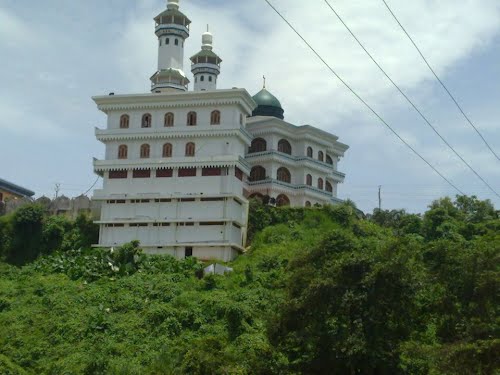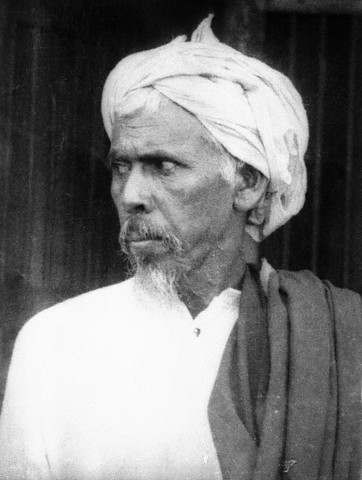Mamburam Juma Musjid
Thirurangadi was an important centre of the Khilaphat movement, the National and the Malabar rebellion. It was the Tirurangadi incident on 20th August, 1921, that ignited the outbreak of the Mapila Rebellion. Mampuram Kizhakkepalli was the seat of Khilaphet leaders, Ali Musiliar and a centre of religious education, Mamburam Palli is on the Southern bank of Kadalundi river locally known as Panampuzha
Ali Musliyar was one of the prominent leaders of the Moplah Rebellion (Mappila Lahla) of 1921 in Malabar, South India. He hailed from Tirurangadi. The rebellion was an uprising in 1921 against British authority and landlords in the Malabar by Mappila Muslims, and he was one of the three of the principal leaders of the rebellion. Up to 28 August 1921, British administration had virtually come to an end in Malappuram, Tirurangadi, Manjeri, and Perinthalmanna. These places came into the hands of the rebel leaders who established a complete control over some talukas.


The Malabar Rebellion (also known as the “Moplah Rebellion”,( Māppila Lahaḷa in Malayalam) was an armed uprising in 1921 against British authority in the Malabar region of Southern India by Mappila Muslims and the culmination of a series of Mappila revolts that recurred throughout the 19th century and early 20th century.The 1921 rebellion began as a reaction against a heavy handed crackdown on the Khilafat Movement by the British authorities in the Eranad and Valluvanad taluks of Malabar. In the initial stages, a number of minor clashes took place between Khilafat volunteers and the police, but the Rebellion soon spread across the region. The Mappilas attacked and took control of police stations, British government offices, courts and government treasuries

